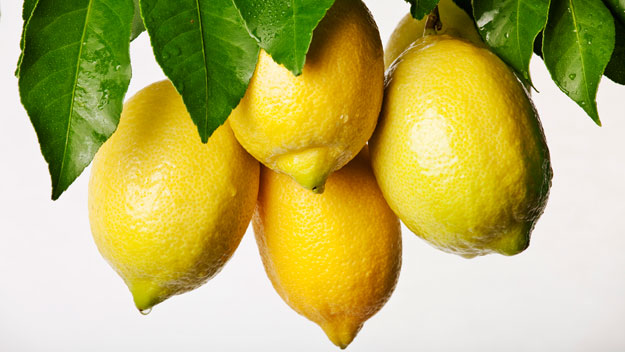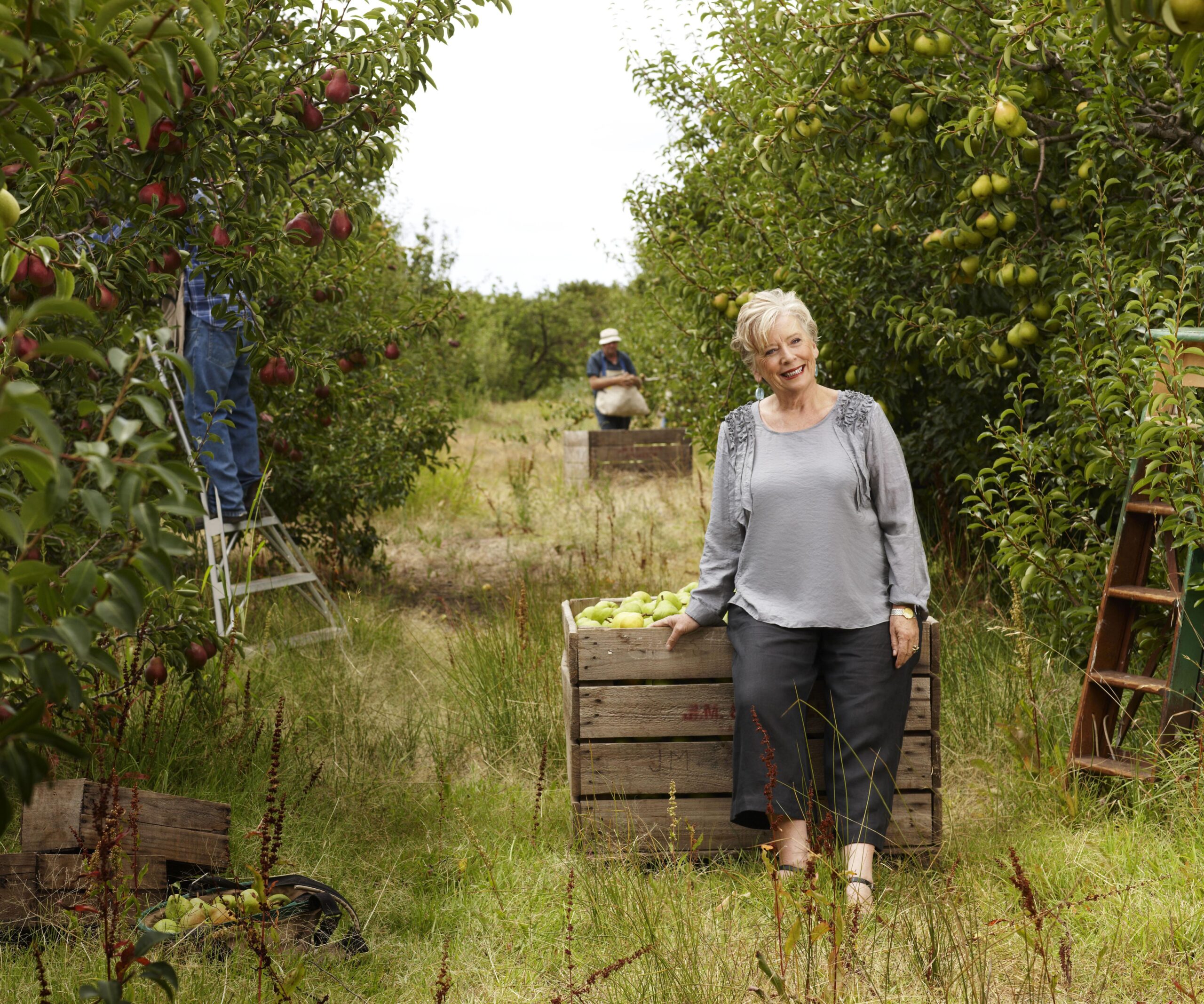Spring is in the air and I am picking lemons, great luscious basketfuls of them. Suddenly we’re craving lemon cordial, lemon and olive oil salad dressing, a squeeze of lemon on the broccoli, or lemon juice and coriander added to poached chicken to give it a Thai tang. And for all of these you need a lemon tree.
Supermarket lemons are never really, well, lemony. They are sour but there’s only a faint memory of what freshly picked lemons can be like.
A lemon is almost as fragrant as a rose, and just as desirable. We’ve just forgotten how good they can be.
My favourite lemons are Eurekas. They fruit through summer, which is when you really want your lemons, as well as winter.
They’ll hang on the tree long after they are ripe, too (though if you’re in a fruit fly prone area you should tie an old stocking over them, or a ‘fruit fly bag’, to keep the fruit flies out).
How to grow the perfect lemons
1. LOCATION:
First choose a good sunny spot. Lemons will tolerate a bit of dappled shade, especially in hotter climates, but they grow best in full sun. In cold climates grow them against a sunny north-facing wall.
2. DIG:
Dig a hole that is roughly twice as wide and deep as the bag the lemon tree is in, then wriggle it gently out of the bag and place it into the hole, being careful to hold it upright.
3. WATER:
Gently fill in the soil around the tree, still holding it upright. Once the hole is filled tamp it down firmly. Now let the hose trickle on it for a couple of hours, so the ground is soaked and any small holes fill up with silt.
4. MULCH:
The next step is mulch. Add around 30cm high of pea straw, lucerne hay or sugar cane mulch — whatever is easiest for you to find and use. Don’t put the mulch right next to the trunk though, as this can encourage the bark to rot. Keep it at least 30cm from the trunk, and extend the mulch at least 60 cm beyond the tree, too. You want to encourage those roots to grow out as well as down.
5. FERTILISER:
Now feed it. Nearly every backyard lemon tree is underfed and some are slowly starving to death. Lemon tree leaves should be large, dark green, with no discoloured edges, and well shaped, too. Use a special ‘citrus food’ or good home-made compost. Lemons should be fed at least once a year, and spring is the best time to do it because the tree is undergoing a growth spurt. I always put the plant food on top of the mulch, in case it burns the roots below. Citrus can be shallow rooted, so never fertilise them when the soil is dry, unless it’s well mulched, or you may kill some of the roots, or even the whole tree.
Once you’ve planted, mulched and fed your tree, that’s it. Lemons don’t need pruning to fruit well, though you can cut out straggly branches to make picking easier or to make the tree more attractive.
A well-shaped lemon tree can be lovely, dark green glossy leaves and golden fruit — you’d grow it for the beauty even if you didn’t get the lemons.
It’s only neglected starving trees that look ugly, yellowing leaves and dying from the top down. But even they can be resurrected with good plant tucker and pruning out the dead wood — it will take between one and two years but there is something particularly gratifying about taking a scraggly, struggling tree with a few yellow leaves that sheds fruit and transforming it into a glossy, prosperous tree solid with dark green leaves and weighed down with shiny, yellow globes of lemons.
With luck you may get a lemon or two the first year after you plant your new tree, and after that the crop will get bigger and bigger for another decade or so until the tree is mature.
By the time it’s 10 years old you’ll be giving baskets of fruit to family and friends — and they may be asking for your lemon cordial recipe too.
World’s Best Lemon Cordial
I was first given this recipe by an elderly neighbour. I drank three glasses and would have drunk more if I hadn’t already looked greedy. It’s fruity, not too sweet, and the most refreshing drink I know on a hot summer’s day.
INGREDIENTS:
2 cups lemon juice
3 cups sugar
6 cups water
6 teaspoons citric acid
6 teaspoons tartaric acid
METHOD:
Combine ingredients in a large pot. Boil for five minutes.
Bottle while still hot; seal and keep in a cool place for up to three weeks. Throw out if it ferments or turns cloudy.
To use: Splash a few tablespoons into a glass; add ice and cold water. Or make a large jug, or two or three. It’ll all be drunk.


